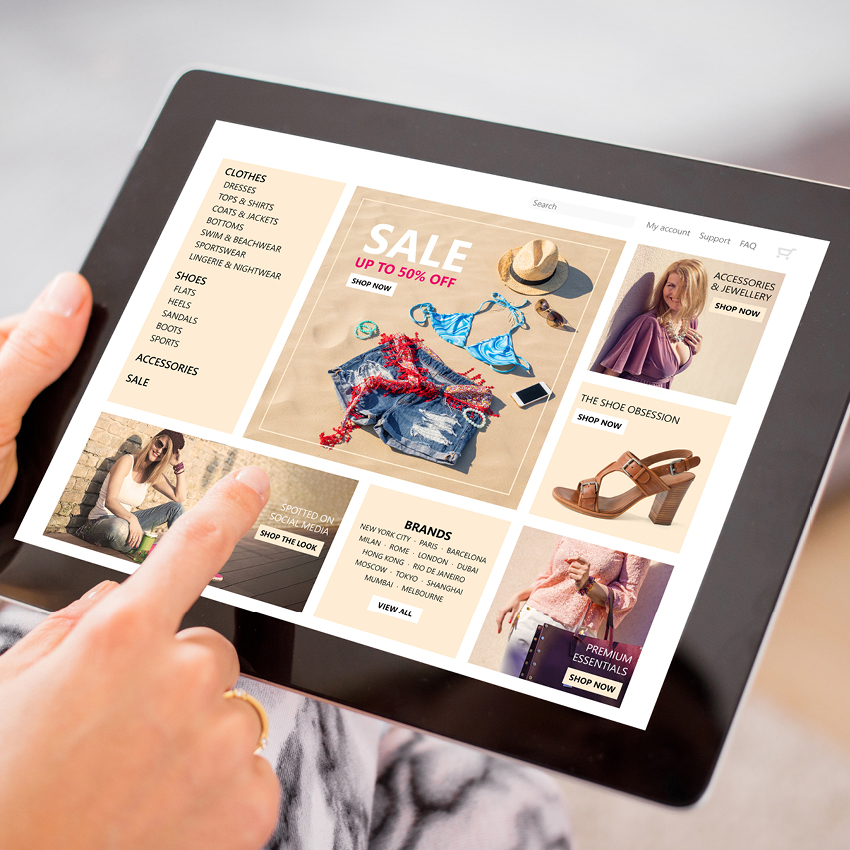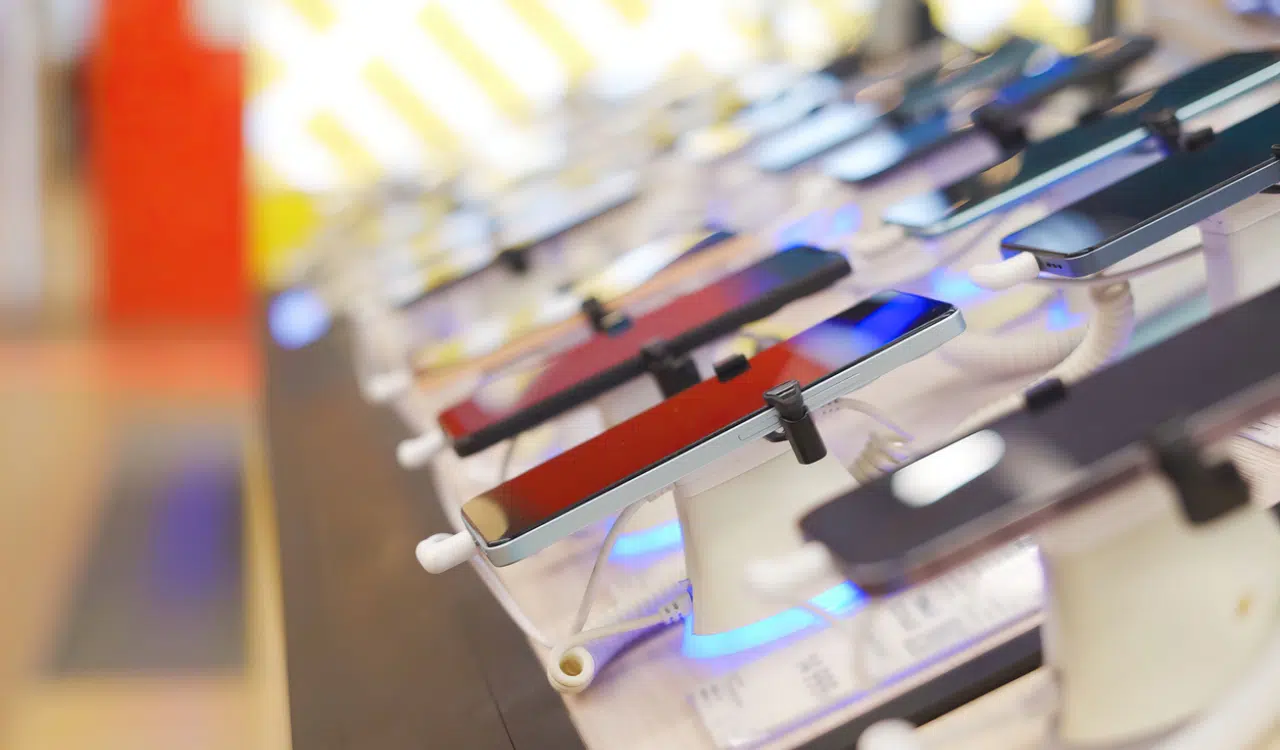Most people are wondering what life after this recent pandemic will look like. Will we commute back to work, or will working from home and meeting in virtual space become the new norm? Better yet, will we ever vacation away from home – even internationally?
Similar questions are also being asked as communities begin to entertain the idea of reopening retail stores. A recent survey by Progressive Grocer already revealed a dramatic shift in the grocery sector, where 31 percent of U.S. households used e-commerce in the past month versus 13 percent in August 2019. And now, many fashion brands – which, on average, generate 16 percent of their sales online – wonder if the same trend will follow.
If consumers do end up shifting their shopping activity to predominantly online, fashion retailers will need to bring the experience of a well-merchandised store with a well-educated sales associate to their shoppers\’ favorite device.
Wanted: A New Spin on Retail Personalization
The concept of a well-merchandised store is not new for brands, but translating it into an online experience is. Unfortunately, personalizing the online shopping experience – where a stylist or sales associate provides in-person assistance and wardrobe consultation – has consistently been a challenge.
But with the right data-driven insight, fashion retailers can succeed in this new channel. Imagine being able to present a new item to a consumer through a product page that also includes a section that is geared toward completing the look. The ability to showcase styled outfits that typically appear in your brick-and-mortar store windows, displays and mannequins is now connected to every piece of merchandise in your inventory – from head to toe.
In most cases, merchants are excited by this idea. However, they often worry about how to complete all the tasks needed to find in-stock items that coordinate with a product, add it to the product page, edit the page, and present the entire outfit to the browsing shopper. Creating the perfect outfit out of the hundreds – even thousands – of products that compliment a new pair of wide-leg jeans would be a monumental task.
Enter merchandising with the assistance of artificial intelligence. By integrating a predictive algorithm within the store e-commerce site, merchants can generate looks automatically based on a shopper\’s choices in the current cart and past purchase history. Plus, the technology learns, over time, with each transaction and can intelligently and predictively determine which complete outfits will likely capture a fashion lover\’s heart based on an ever-refining profile of similar consumers.
Remember: It\’s All About the Consumer
Most retailers are in the business for one inspirational reason: to let consumers express themselves through a love of fashion. While no one can ever replace the feeling of working with a sales associate who can fill a fitting room with complimentary items that a shopper loves, AI can provide a similar experience online.
While foot traffic may be lower in the brick-and-mortar store, retailers still have an opportunity to meet – and even exceed – their revenue goals. Being a great merchant offline and online can mean considerable success – not only will average order sizes and repeat purchases increase, but the brand\’s following and loyalty will continue to grow.




